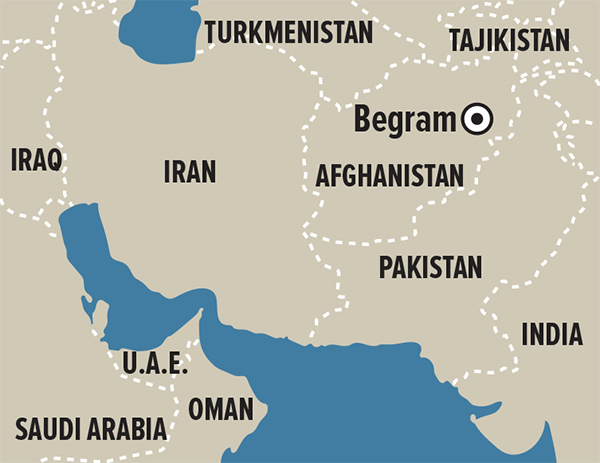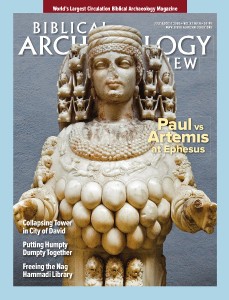
An unidentified woman narrowly escapes the jaws of a makara, the Sanskrit name of a Hindu hybrid sea creature, here depicted at the base of the ivory carving in the form of a crocodile head. The woman likely has divine connections as she is riding a griffin, a lion-eagle creature. Griffins were protectors of the divine and symbols of divine power in the ancient world.

This intricate ivory carving dates to the first century C.E. and comes from Begram (modern-day Afghanistan) during the height of the Kushan dynasty, when the Kushans, alongside China, Rome and Parthia, were one of the great Eurasian empires. Known for promoting Buddhism through the ancient East, the Kushans were both religiously tolerant and often integrated elements of other religions into their own worship—as demonstrated by the Hindu creature depicted in this ivory carving—likely due to their extensive trade networks.
This carving from the golden era of the Kushan empire is currently on display at the National Museum of Afghanistan.
Already a library member? Log in here.
Institution user? Log in with your IP address.

